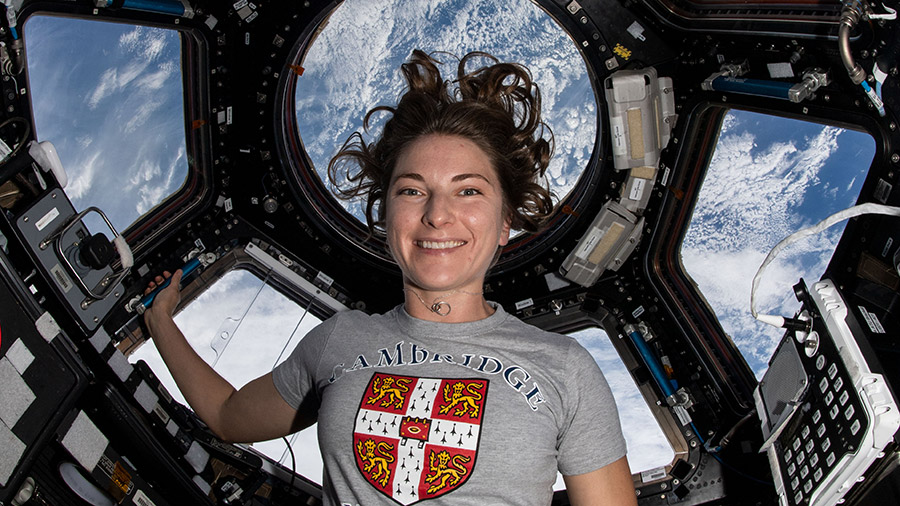Research Focusing on Muscles, Botany during Russian Spaceship Work

Wednesday’s research schedule aboard the International Space Station highlighted the human muscular and circulatory systems as well as botany. The Expedition 66 crew also continued its space physics studies while working on docked Russian spacecraft.
The lack of gravity affects the human body and station crew members exercise about two hours a day to counteract the loss of bone and muscle. Flight Engineers Thomas Marshburn of NASA and Matthias Maurer of ESA (European Space Agency) focused their science work today on how weightlessness affects the biochemical properties of muscles. Maurer scanned Marshburn’s arm, leg, back and neck muscles with an ultrasound device before and after the NASA astronaut worked out on the Advanced Resistive Exercise Device (ARED). Observations may help doctors increase muscle health in space and on Earth.
NASA Flight Engineer Raja Chari is setting up the Advanced Plant Habitat in the Kibo laboratory module which will house a space botany experiment launching on the next SpaceX Cargo Dragon mission. Over in the U.S. Destiny laboratory module, NASA Flight Engineers Kayla Barron and Mark Vande Hei took turns researching how to manipulate nanoparticles for the InSPACE-4 space manufacturing study.
In the station’s Russian segment, Expedition 66 Commander Anton Shkaplerov unpacked cargo from the ISS Progress 79 cargo craft and inspected the Rassvet, Poisk and Nauka modules. Flight Engineer Pyotr Dubrov focused on electronics work and cable connections.
Visiting Flight Engineer Alexander Misurkin from Roscosmos loaded gear and readied the Soyuz MS-20 crew ship for its return on Sunday. Japanese spaceflight participants Yusaku Maezawa and Yozo Hirano spent the day videotaping and photographing the Earth and continued more research into how the circulatory system behaves in space.
from Space Station https://ift.tt/3EYsrXt
Comments
Post a Comment